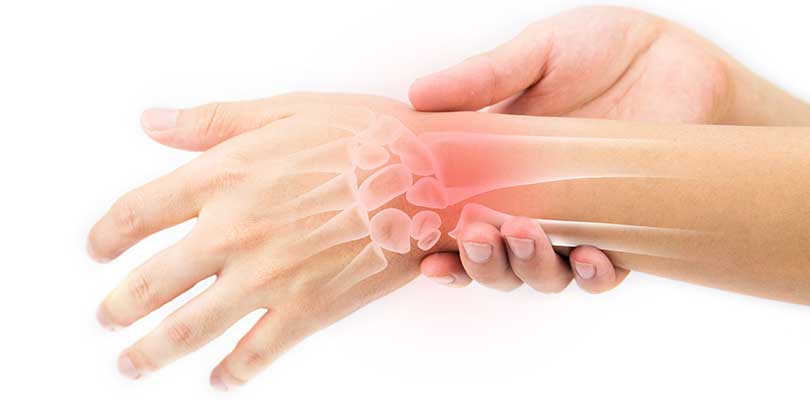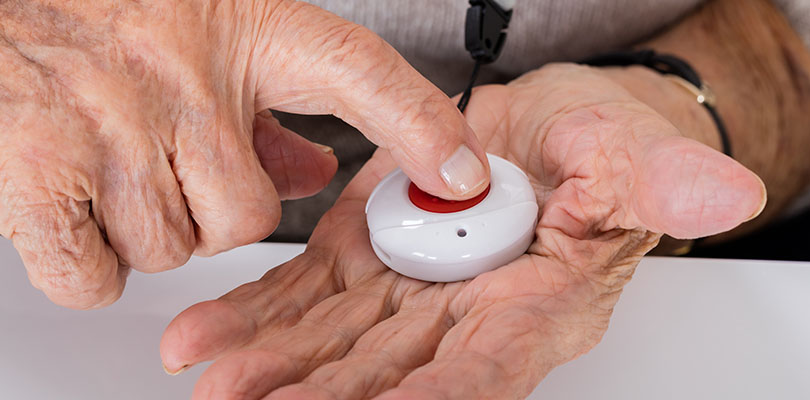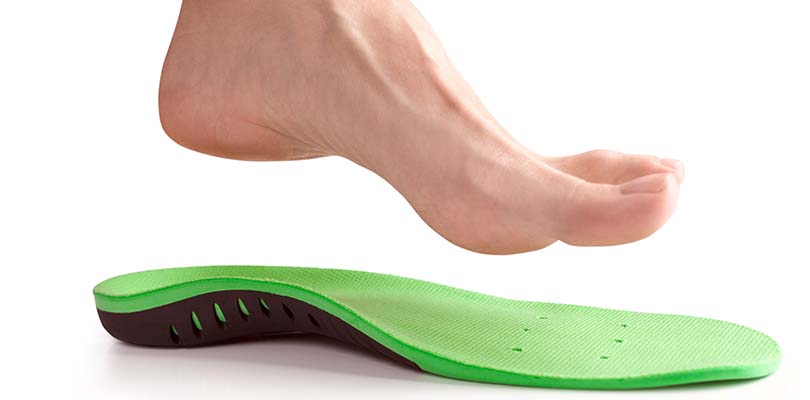Bone Fractures Affect People of All Ages
A fracture is a term used by medical professionals to refer to a broken bone. Bone fractures are widespread: an average person may experience a couple over the course of their lifetime. They happen when a strong, physical impact is applied to a bone that it cannot withstand. This excess force disturbs the strength and formation of the bone, and results in soreness, loss of function, and at times bleeding, as well as serious injury to the tissues surrounding the injured area.
While a large proportion of bone fractures happen due to high force or impact, some conditions such as osteoporosis, brittle bone disease, and some types of cancer may weaken the bones and lead to fractures as well.
What is a Bone Fracture?
A bone fracture refers to the presence of a crack in the bone. Most human bones are very tough and can withstand strong impact. However, if impact is extremely powerful, or if there is an underlying issue with the bone, it can fracture.
While bone fractures may happen to any bone in the body, the wrist, ankle, and hip are the most commonly affected bones.
Risk Factors for Bone Fractures
The two biggest risk factors for bone fracture include being female and increasing age.
Women are at an increased risk of suffering a fracture compared to men. Studies have found that 50 percent of women over the age of 50 will experience a fracture during their lifespan, compared to 25 percent of men over the age of 50.
The reasons behind women being at an increased risk include the fact that their bones are usually smaller and less dense, and the fact that they lose more bone density as they age because of estrogen loss during and after menopause.
Additional risk factors for suffering a bone fracture include:
- Smoking
- Excessive drinking
- Corticosteroid use
- Rheumatoid arthritis
- Diabetes
- Osteoporosis
- Chronic conditions (i.e. Crohn’s disease, ulcerative colitis, and celiac disease)
- Previous fracture
- Family history of hip fracture
Common Causes of Bone Fracture
The majority of fractures are caused by trauma, including sporting injuries, falls, or car accidents. Bone fractures that are the result of falling are more commonly seen in older adults as their bones become weakened and their risk of falling is increased.
Other causes of bone fracture include conditions that weaken bones such as infection, tumors, and osteoporosis.
Symptoms of Bone Fractures
The symptoms of a bone fracture differ among individuals and are based on the affected bone, the age and overall health of the individual, and the severity of the injury. Common symptoms include:
- Pain and discomfort in the affected area that worsens with movement or pressure
- Inflammation
- Bruising
- Deformity
- Inability to move the affected area
- Bleeding and bone piercing through the skin (seen with an open fracture)
- Grating sensation coming from the fractured bone or injured joint
Types of Bone Fractures
We’ve outlined various types of fractures below:
Closed fracture (simple fracture): A fracture with no open wound or puncture of skin.
Open fracture (compound fracture). A fracture that creates a wound or puncture in the skin and is often accompanied by bleeding. The bone may not necessarily be visible because it retreats into the wound.
Even though some level of irritability is a normal, healthy part of life, it is also something that can have damaging repercussions.
Displaced fracture: A fracture where the bone breaks into two or more pieces and moves, resulting in misalignment of the two ends. If the fracture results in many bone parts, it is referred to as a comminuted fracture.
Non-Displaced fracture: A fracture that affects either part of, or the entire bone, but maintains its correct alignment.
Pathological fracture: A fracture that occurs when an underlying condition has significantly weakened the bone.
Greenstick fracture: A fracture that occurs when one side of the bone cracks, but doesn’t break entirely, which allow the rest of the bone to bend. This type of fracture usually occurs in children due to the soft and elastic nature of their bones.
Tips for Preventing Bone Fractures
Workout to Boost Strength and Balance
Exercising on a regular basis strengthens your muscles and bones, improves your balance, and significantly lowers your likelihood of falling, thereby reducing your risk of suffering a bone fracture. A combination of stretching, strengthening, and balance exercises is recommended to maintain the health of your bones.
Choose Your Shoes Wisely
Don’t focus on fashion when you are selecting your shoes. Wearing the wrong kind of shoes increases your likelihood of falling and suffering a bone fracture. Instead, opt for practical low-healed footwear that provides decent support and contains rubber soles instead of leather ones.
Ensure Your Home is Well Lit
By setting up the appropriate lighting in your home, you can significantly reduce your chance of falling and suffering a bone fracture. Ensure all rooms have overhead lights, the stairways are well lit, and a flashlight is always by your bed.
Seek Treatment for any Underlying Health Conditions
Certain long-term conditions can weaken your bones and increase your likelihood of suffering a fall. For instance, arthritis can prevent you from moving around with ease, and vision issues can make you susceptible to falls. Seeking treatment for such health conditions can go a long way in minimizing your risk of bone fractures.
Bone Fracture Treatment
Bone healing is a process that, in most instances, happens naturally. The goal of fracture treatment is to ensure the injured area functions optimally after healing. Treatment is focused on offering the fractured bone the right conditions for maximum healing.
To kick-start the natural healing process, medical experts will carry out fracture reduction if necessary, which involves aligning the fractured bone. This procedure may be carried out by manipulation, surgery, or pulling the bone parts (closed reduction) under general anesthesia.
After aligning the bones, they must be immobilized to ensure they remain aligned during the entire healing process. Immobilization of a fractured bone may last between 2–8 weeks. The duration varies with the type of bone injured, and if there are any complications such as infection or blood supply issues.
Medical devices commonly used for bone immobilization include:
- Plastic braces/plaster casts: These devices support the bone and help it remain in position until it heals completely.
- Intra-medullary nails: These are introduced in the middle of long bones. For kids, flexible wires are recommended.
- Metal plates and screws: This involves the use of slightly invasive techniques.
- External fixators: These devices are built with either carbon fiber or metal. They feature steel pins that pierce through the skin and hold the bone in the right position.
Overview
If you think you’ve suffered a bone fracture you should seek medical attention to have it evaluated and immobilized if necessary. Once the injured area is mobile again, consult your doctor or physical therapist to determine a suitable rehabilitation plan.







